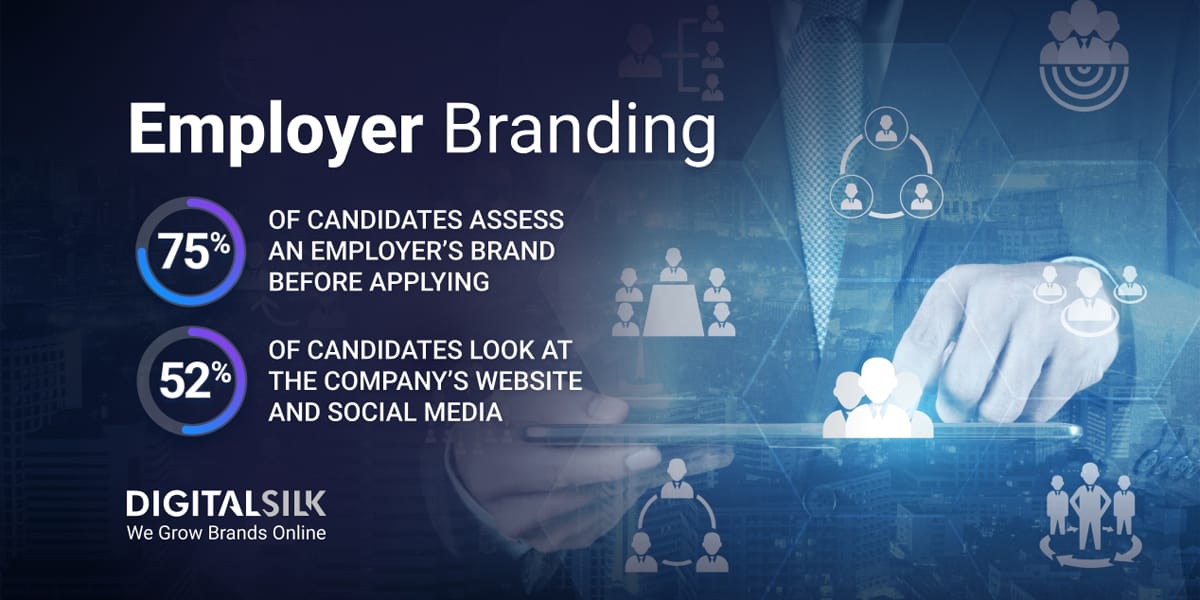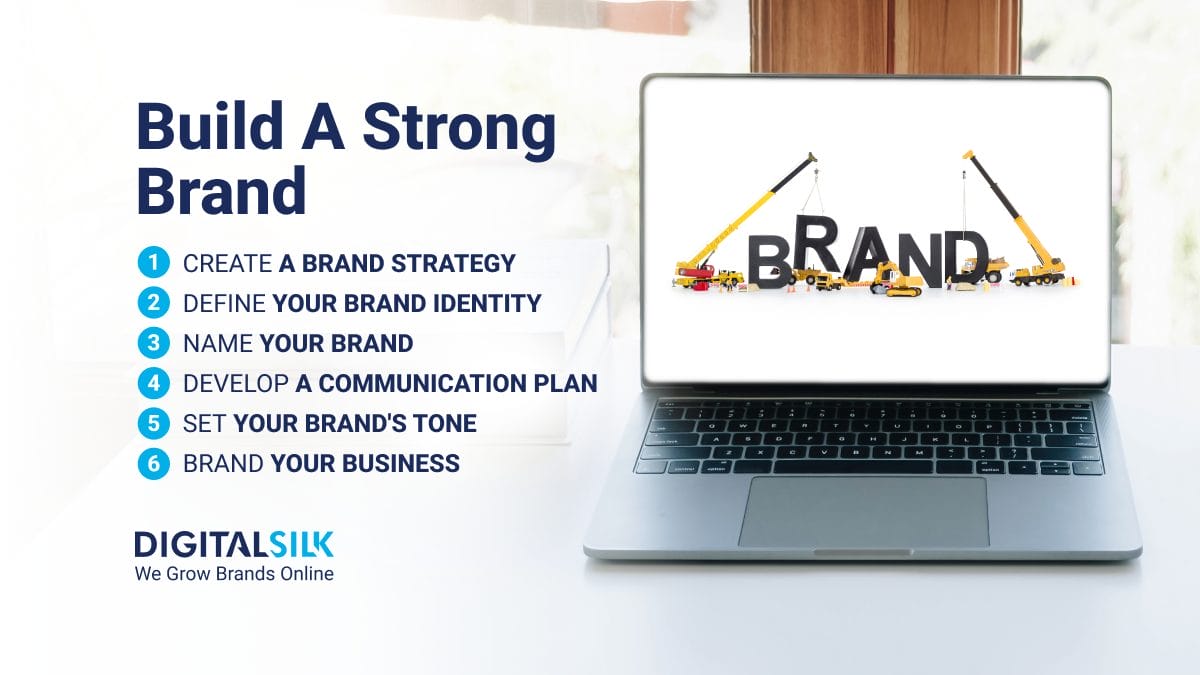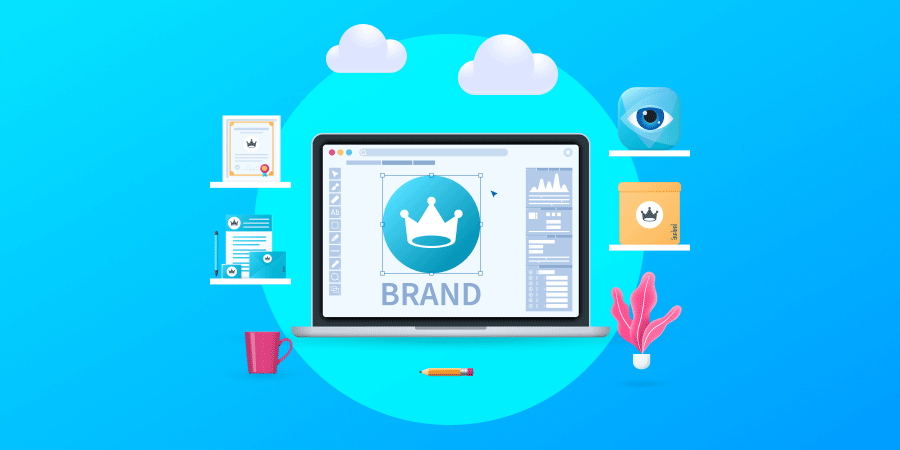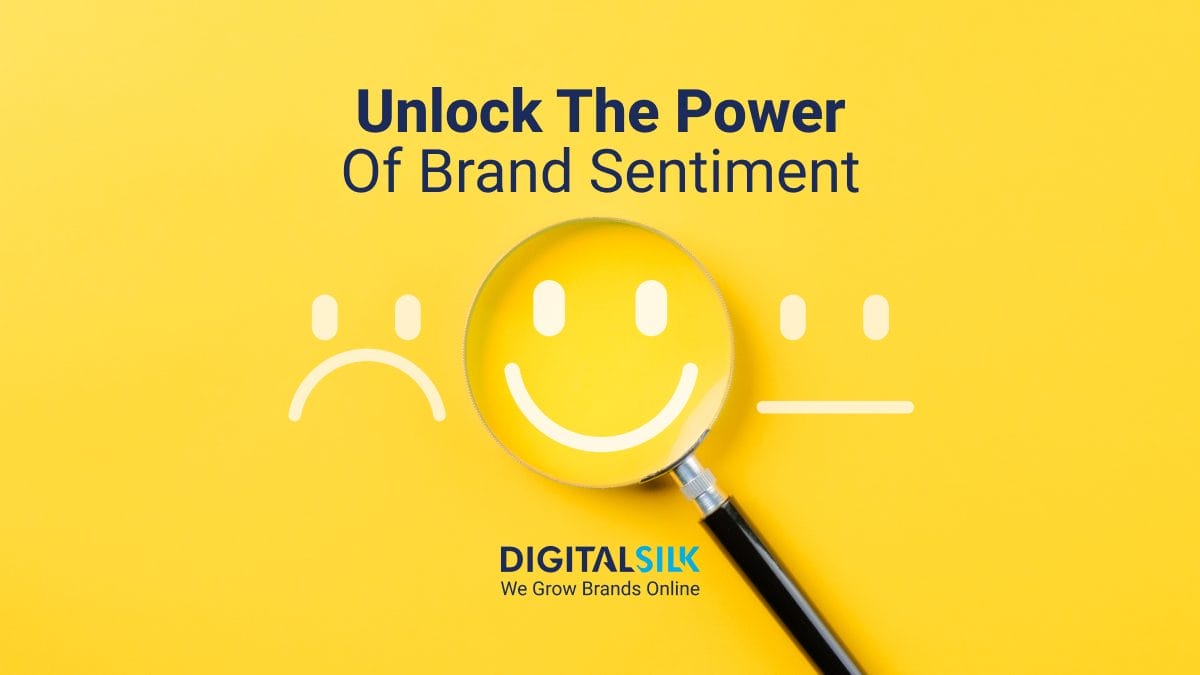Gucci is in a constant battle to protect its brand image and profits.
Fake Gucci bags, sliders and supplier websites are common, despite the luxury fashion house’s ongoing legal efforts.
Gucci is just one of the many brands that are facing the issue of counterfeit goods and intellectual property theft.
In fact, trademark violation costs the United States economy up to $600 billion a year, while counterfeits and piracy cost legitimate U.S. businesses more than $200 billion annually.
And these represent just two of the many threats you may need to protect your brand from.
Brand protection measures are crucial to uphold your brand reputation and protect your revenue.
But what is brand protection, exactly? And what strategies and solutions will help you protect your brand from third-party threats? Those are the questions we’re here to answer.
Additionally, we will also discuss employer branding and its significant role in brand protection.
What Is Brand Protection?
Brand protection is the set of actions taken to protect your business’ intellectual property (IP) — such as copyright, patents and designs — against various forms of brand abuse.
Brand abuse can take place in many ways, including counterfeiting, copyright piracy, patent theft and design right infringement.
Without brand protection, your business can face damages to its image, revenue and reputation, negatively affecting your employer branding and making it difficult for you to attract top talent.
Types Of Brand Abuse To Protect Your Brand From
Knowing what types of brand abuse your business can be subjected to can help you create a brand protection strategy.
Some of the most common types of brand abuse include:
Type 1. Copyright Infringement
Copyright infringement is the reproduction, distribution or use of an original work without obtaining proper permission or authorization.
The infringements can relate to any exclusive rights held by a company, including branding designs and naming rights.
Example: In 2016, a South Korean fried chicken restaurant, Louis Vuiton Dak, was charged $12,500 for copyright infringements against Louis Vuitton’s name, logo design and packaging.
Type 2. Counterfeiting
Counterfeiting refers to the unauthorized replication or imitation of goods, such as trademarked goods, with the intention to deceive consumers by presenting them as genuine.
This form of abuse usually takes place with knockoff products of sought after retail brands.
Example: There are 46,180 monthly global online searches for fake pairs of Kanye West’s footwear line YEEZY, making them the most desired counterfeits in the world.
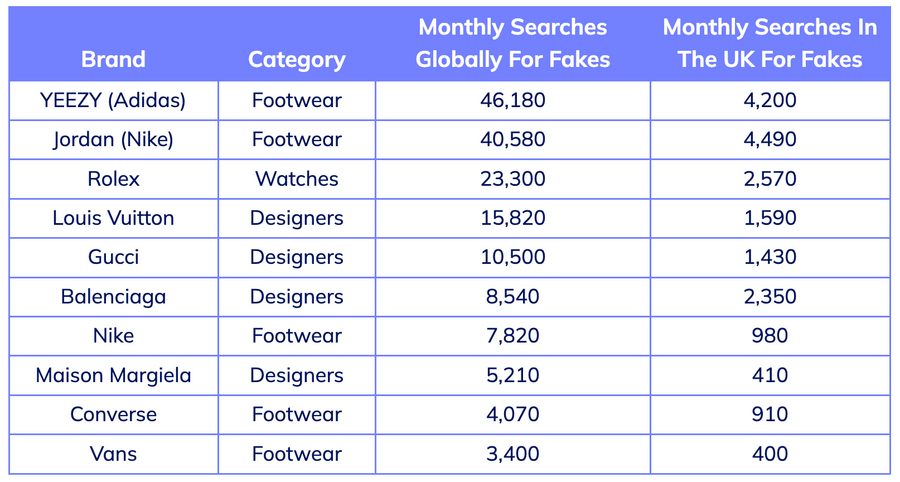
Type 3. Patent Theft
Patent theft is the unauthorized acquisition, use or replication of patented products or processes, infringing on the exclusive rights held by the patent holder.
Example: One famous example of patent theft occurred between tech giants Apple and Samsung.
Both brands infringed upon the other’s unique technologies, including Apple’s “bounce back” feature to Samsung’s wireless designs, and had to pay reparations both ways.
Type 4. Domain Spoofing
Domain spoofing is an online tactic where malicious actors create fake websites or domains that mimic legitimate ones, often used for phishing or spreading malware.
Spoof domains and phishing scams are used for a mix of branded content, redirects and malicious content.
They rely on the coverage that websites provide their activities, comically highlighted by the famous cartoon below from The New Yorker.
Example: One recent survey found that Walmart is the brand most targeted by domain spoofing and phishing attempts, accounting for 39% of all U.S. accounts.
Type 5. Brand Impersonation
Brand impersonation refers to the false representation of a particular brand, often with the intent to deceive consumers or damage a brand’s reputation.
Example: According to domain monitoring platform Bolster.ai, one recent brand impersonation scam targeted over 100 global clothing brands, such as Nike, Puma and Adidas, with email and domain impersonation campaigns.
Why Is Brand Protection Important?
If you don’t invest resources in brand protection, you are leaving your customers at risk of falling victim to counterfeit products and your brand open to copyright infringements.
Regardless of what products you sell or services you provide, brand protection is vital for your business as it:
1. Builds Customer Trust
52% of U.S. consumers claim to lose trust in a brand after accidentally buying counterfeit products online.
By working to limit counterfeits and other aspects of brand abuse, you reduce the possibility of customers making illegitimate purchases that impact their trust in your brand.
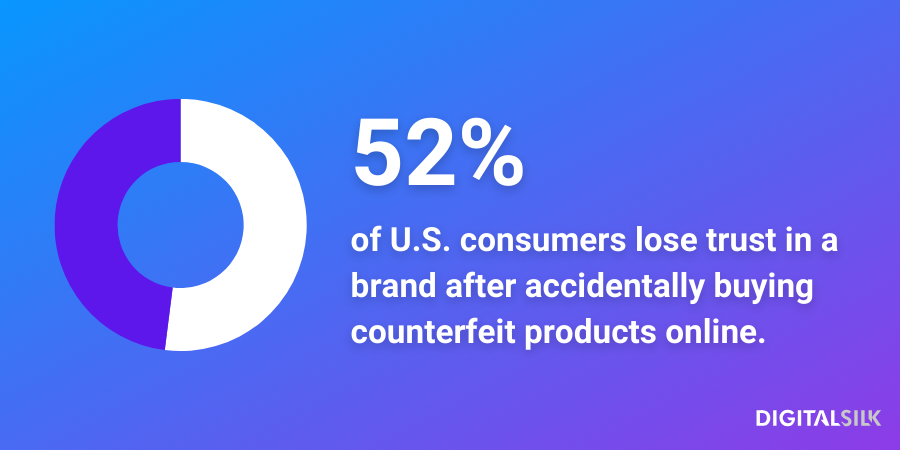
2. Protects Sales
Counterfeit products alone cost global businesses around $28.4 billion a year.
From directly impacted sales volumes to longer-term interruptions to brand loyalty, brand abuse inhibits sales growth and reduces revenue for businesses across industries.
Brand protection can tackle these brand abusers at source, reducing counterfeit listings of your products and services.
It can also help assure and educate your customers to maintain ongoing consumer relationships and sales.
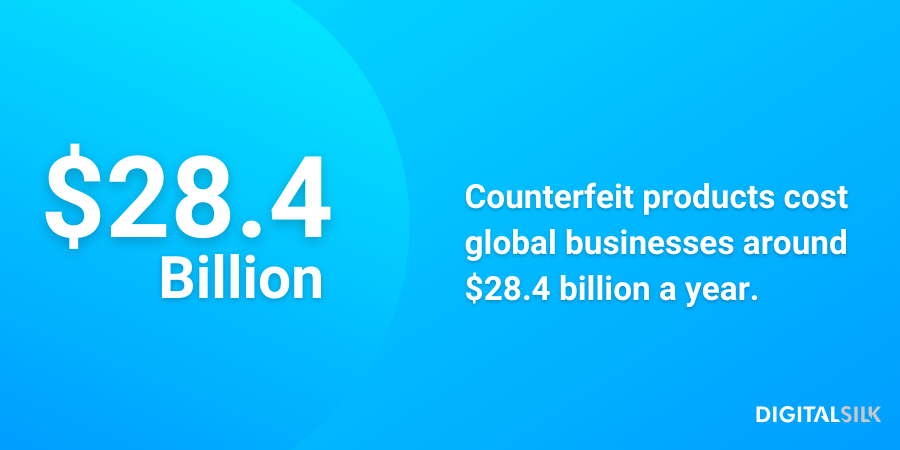
3. Maintains B2B Reputation
Some 30.2% of B2B buyers believe a business’ reputation, both online and offline, is the most important factor when selecting a service.
Your reputation directly impacts how your company is perceived by suppliers, partners, B2B customers and other stakeholders.
By protecting your reputation against damaging external factors, you can build positive brand associations and maintain strong relationships with other businesses that are vital to your operations.
Additionally, having a good brand reputation will also help you attract more potential employees, directly relating to employer branding.
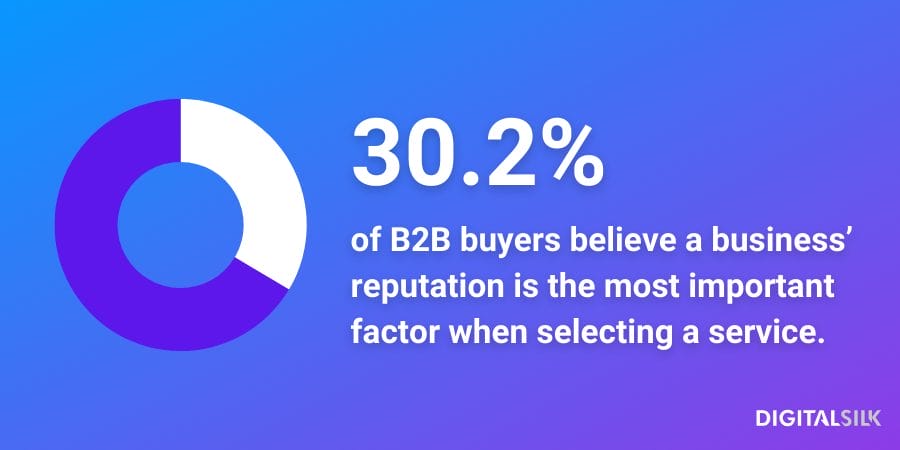
What Is Employer Branding?
Employer branding applies branding techniques to the recruitment process, with an aim to build a reputation as a highly desirable place to work and attract the right candidates.
In other words, employer branding is a mix of HR, internal and external communications, marketing and PR activities that present your company to potential new hires in the best possible light — both within the physical structure of your brand and through digital branding initiatives.
Employer branding consists of:
- Defining your employee value proposition (EVP)
- Showcasing your company culture
- Creating a detailed candidate persona
- Setting your company apart from competitors
- Optimizing candidate experience for the highest level of candidate satisfaction
Did you know that 96% of companies believe employer branding can also impact revenue?
Not without reason — 64% of consumers have stopped buying from a brand after hearing news of the company’s poor employee treatment. This proves that brand protection and employee branding go hand in hand.

Why Is Employer Branding Important?
Just like not protecting your brand can result in your customers being tricked by knockoffs of your product, not paying attention to your employer branding can cost you valuable and talented employees.
So, how much does a workplace’s reputation matter to potential candidates?
A lot.
According to LinkedIn’s list of employer branding statistics:
- 76% of job seekers consider an employer’s brand before even applying for a job
- 96% of job seekers are more likely to apply to a company with a good employer brand
- 92% of employees consider leaving their current job if another company has a better reputation
Our resident Brand Strategist, Zorica Marjanovic, explains:
“Through the company’s website, its social media accounts, forums, specialized sites and applications (like LinkedIn), candidates research and envision life at the company. However, candidates may trust the word of existing employees much more than the employer.”
How To Build Your Employer Brand In 7 Steps
To build a positive employer brand, you need to position your company as a “dream workplace.”
Start with these questions:
- Why would a potential employee want to apply to your company?
- Do you offer special perks or unique benefits?
- Do you promote from within (and how often do you promote)?
- Is your business on track to grow or become an industry leader?
From there, you can follow the steps below to build a brand that employees are attracted to.
Step 1: Define Your Company Values
This is where you answer the question: What does your company stand for?
Company values may include principles, beliefs and philosophies that shape your company’s DNA and give you moral guidance.
You can even consider creating a manifesto to define and explain each of the values and make it easier for everyone to stay on the same page. Your core values will vary depending on your business, but clearly defining them is one of the most important steps of an employer branding process.
The values your company cares about and strongly stands behind should:
- Support your business mission and vision
- Help you make decisions aligned with them
- Ensure your employees understand your foundation
- Help you build a strong team of like-minded professionals
- Ensure everyone in the company is working toward the same goals
You can also promote principles that your employees wholeheartedly support if there is something that complements your company values.
Step 2: Clarify Your Team Values
While company values are the principles and beliefs your organization stands for, team values are the abilities you want your team members to be recognized for.
Team values can also be seen as the minimum standard of performance you expect your employees to have in their roles.
Some of the typical team values are:
- Ability to learn
- Proactive approach
- Mutual respect
- Open communication
- Good collaboration
When you define the team values, abilities and capabilities, it’s important to also show what they mean in practice.
You can create various onboarding materials and internal guides to explain these.
As Digital Silk Digital Strategist Zorica Marjanovic explains:
“Even materials related to improving internal processes, like our INTRANET at Digital Silk for example, can be a good tool for employer branding. Guides for (new) employees created in an innovative and creative way, whether printed or in video form, can contribute to the culture of the organization, make the employee proud to be part of the team and convey a strong message to the employee that they are indeed in the right place.”
The best practice is to point out team values in job advertisements, so your candidates can know what you expect from them and what it means to you and your team.
Step 3: Showcase Your Company Culture
When it comes to your company culture, ask yourself: How do I want candidates to perceive and experience my company as an employer?
Answering this question will help you emphasize important elements.
For example, you may want your company to be perceived as:
- A community of like-minded professionals who care about the environment and try to reduce their carbon footprint as much as possible
- A friendly, collaborative and inclusive organization with a remote-friendly culture and a high level of flexibility
- A company that prides itself in equally employing juniors and seniors to create a work environment where younger employees thrive through coaching and mentorship
Once you have your company culture defined, use all relevant points of contact with your target audience to speak directly to your ideal candidates and showcase your culture through job ads, job descriptions, company profiles and other assets.
Make sure you are consistent throughout, as portraying the correct typography, design elements and tone of voice is an important element of brand protection.
Step 4: Identify Your Ideal Candidate Persona(s)
The best way to communicate clearly to your ideal candidates is to know who they are.
That’s where a candidate persona comes in.
The same as with your buyer personas, you’ll want to be as specific as possible about your ideal candidates.
Here are some of the questions to consider for your candidate persona(s):
- Who do you primarily want to reach?
- Where do they live (and is their location important to you)?
- Are they willing to relocate if needed?
- What is their level of education?
- What is their current income?
- What is their desired income over the course of the next five years?
- What are their best qualities?
- How are their organizational skills?
- What online channels do they use most frequently?
- What platforms do they use for a job search?
- Do they have a personal profile on job platforms?
Of course, the questions and answers will depend on your business, the position you’re looking to fill and your expectations from potential candidates.
Digital Silk develops authentic brands. Request a quote
Step 5: Explain Employee Benefits & Perks
Answering common candidate questions about employee perks and benefits is one of the most important components of your employer branding campaign.
Before the pandemic-induced lockdowns and work-from-home (r)evolution, some of the most desired perks that companies offered included, for example:
- Employee recreation room
- Paid lunch and snacks
- Fully stocked fridge
- Free on-site parking
- Company retreats once a year
- Local team-building events
Since many companies transitioned to a remote-only mode in 2020 and many more are managing globally distributed teams, benefits and perks have shifted, too.
Today, some of the most sought-after benefits include:
- Health insurance
- The ability to work from home all the time
- “No micro-management” policy
- Well-organized internal communications
- Learning opportunities through online conferences
- More flexibility with working hours
- Mental health days off
- Extended parental leave
- Better stock/equity options
- Redefined career development possibilities
Of course, the perks and benefits your company can offer will depend on your abilities, possibilities and your company’s flexibility, among other factors.
Whatever you offer, be sure to mention benefits and perks in job ads, company profiles on job platforms, your social media profiles, email communication with potential candidates or during interviews.
Ideally, this transparency will lead to bringing the best talent in to help you grow your brand.
Step 6: Guide By Example
To attract the best talent, not only do you need to describe and show your values, culture, benefits and perks, but you also need to have your leadership team in line with everything that your organization represents.
Better yet, your executives will guide by example, showcasing the culture and implementing the values in their everyday work to encourage employees to do the same.
Why is this so important?
Because any kind of malpractice can damage your employer brand reputation. And even the smallest stain on your brand public profile can repel job seekers.
Preventing this from happening is one of the staple elements of brand protection: you want to protect all aspects of your brand.
Consider the following statistic: employers who fail to invest in their reputation could end up paying up to an additional $4,723 per employee hired.
To be able to lead by example, your executives should also know this: diversity, inclusion, and belonging (DIBs) is one of the most important principles for candidates today, while 77% of HR specialists say diversity will be crucial to the future of recruiting.
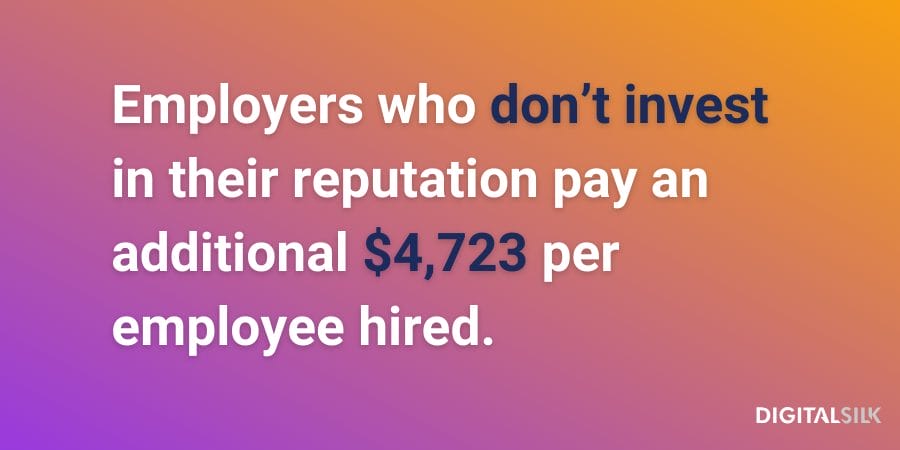
Step 7: Optimize Candidate Experience
Candidate experience is a candidate’s overall perception of the company’s recruiting process.
Optimizing the experience your potential candidates will have with your company means that you should streamline every stage of the recruitment process, including:
- Job descriptions
- Application process
- Email communication
- Interviewing
- Hiring
- Onboarding
To make the most of your recruitment efforts and leave candidates with a positive notion about your employer’s brand, ensure that every recruitment phase is efficient, well-organized and a reflection of your company’s values and culture.
How To Protect Your Brand Reputation & Employer Branding
To learn of ways to protect your brand and attract top talent, follow the steps below.
Step 1. Focus On Prevention
The first step in a brand protection strategy is to legally secure your brand identity, products or services.
To do this, register your:
- IP
- Trademarks
- Patents
- Copyrights
- Domain name
This way, your business will have legal backing against potential future brand abuse incidents, such as patent theft or counterfeit listings.
After protecting your brand identity, you also want to protect your brand’s reputation. This includes:
- Keeping your employees, contractors and associates happy
- Googling your business at least once a week
- Generating good press
- Collecting social proof
One of the ways your business reputation might be hurting is through social media gossip, which can come in the form of posts and comments .
While you want to address any legitimate issues from real customers who haven’t been satisfied with your product or service, you want to make sure that any “fabricated” negative reviews don’t circulate online and hurt your business.
A silver lining: you don’t have to leave the bad comments there.
Instead, you can:
- Note and delete all of the inaccurate information
- If you can’t delete it yourself, you can reach out to site owner and have them remove the negative comments
- If neither is an option, you can generate social proof and content optimized for search engines to push the negative reviews below the positive ones on search engines
Step 2. Monitor & Audit Your Brand
To track and monitor threats to your brand and reputation, gather business intelligence.
This means looking for counterfeit brands, impersonators or other elements that may end up hurting your business and reputation.
To do so effectively:
- Study your web analytics: Your data insights can be an indicator of brand abuse. For example, falling website traffic or conversion rates may be an indicator of counterfeit products online siphoning sales away from your business. So, it is important to track your key performance indicators through platforms like Google Analytics.
- Gather audience feedback: Through surveys and feedback pop-ups you can learn about your brand associations and uncover potential negative anomalies.
- Listen to your current and past employees: Interviewing your current and past employees is crucial for brand monitoring. They can provide real-time insights into internal issues, workplace culture and potential reputational risks. This will allow you to address these concerns proactively and maintain a positive brand image.
- Monitor keywords: Use automated bots to crawl known marketplaces for keywords related to your brand.
- Use optical character recognition (OCR): Use automated online tracking to uncover counterfeit products that are similar to your own but without your unique branding.
- Utilize brand intelligence: Use technical software and AI-driven solutions to safeguard your brand, data and assets across channels.
Some of the common tools to analyze and monitor your brand:
- Google Analytics: A powerful web analytics tool that tracks user behavior. It can give you detailed insights into website traffic and how individuals interact with your brand online.
- Talkwalker: A social media analytics and monitoring tool that provides insights into your brand’s online presence. It tracks mentions, analyzes sentiment and offers competitive benchmarking.
- Hootsuite: A social media management platform that allows brands to track brand mentions, hashtags and conversations across different social media channels.
Step 3. Educate Your Stakeholders
Whether it’s consumers, suppliers, employees or otherwise, your stakeholders must be aware of the various forms of brand abuse and other elements that might hurt your brand reputation.
Consequently, such attacks on your brand’s integrity can result in decreased brand value.
Educating your stakeholders will help your consumers recognize fake products while also helping your employees recognize malicious content and brand attacks.
Step 4. Report Malicious Threats On Your Site & Reputation
Acting swiftly and communicating with the relevant entities is crucial in cutting brand abuse, such as rogue websites or brand impersonation scams.
Report threats to:
- Government organizations like the U.S. Patent and Trademark Office, Federal Trade Commission and National Intellectual Property Rights Coordination Center
- Online marketplaces like Amazon, Shopify or Magento
- Private legal aid solicitors
Additionally, while former or disgruntled employees can leave negative comments online, it is important that you engage in practices to protect your online reputation.
If there are any illegitimate claims on platforms such as LinkedIn and Glassdoor, you want to address them before they drive away potential talent.
First, you can reach out to the individual directly to determine where the problem lies. If that fails and they maintain/keep adding slanderous reviews, you can follow the below steps:
For LinkedIn:
- Take screenshots of slanderous comments
- Visit the individual’s profile
- Click on the “More” button (the three dots on the right-hand side)
- Select “Report”
- Choose a reason
- Provide as much information as possible
- Submit report
For Glassdoor:
- Find the slanderous statement
- Click on the “More” button
- Select “Report”
- Provide reasons
Step 5. Invest In Protection Software & Experts
The Anti-Phishing Working Group (APWG) observed over 1.35 million global phishing attacks in the final quarter of 2023.
Luckily, your brand doesn’t have to keep track of every malicious threat to stay protected.
Invest in protection experts and software to provide ongoing, automated and real-time brand protection support.
Popular protection providers include:
- Brandwatch: A smart social monitoring software to study online behaviors
- Bolster: A security platform that detects and takes down phishing sites, scam content and copyright infringements.
- Red Points: A dedicated brand protection and trademark enforcement business
Step 6. Display Authenticity
88% of consumers say authenticity is important when deciding which brands to support and do business with.
Displaying authenticity with your branding, messaging and marketing campaigns can help your target audience gain trust that you provide high-quality solutions, regardless of brand infringers and abusers working to damage your brand image.
The three primary areas to drive authenticity for your brand are:
- Social media: Maintain a strong social media presence and work to remove bad actors on social media, leaning on the fact that 81% of Americans believe social media has increased accountability, and therefore authenticity, among businesses.
- Website: Showcase testimonials and social proof on your website, benefiting from the fact that 59% of global consumers say user-generated content is the most authentic type of content.
- Products and services: Assure the quality of your products and services matches that of your brand values.
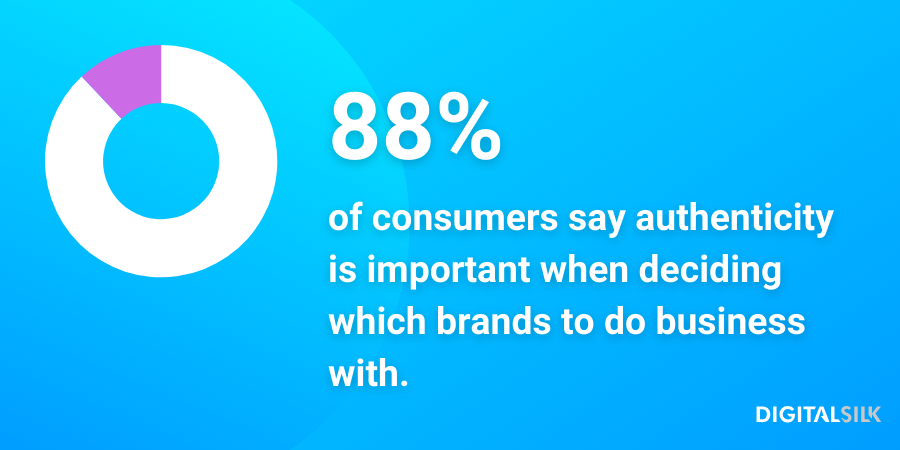
Authenticity is also an important factor of employer branding; the more open you are about your business, the more likely you are to attract top talent who believe in your company.
You can achieve authenticity and improve your brand reputation by:
- Sharing real-life stories from your employees
- Discussing your previous failures and shortcomings
- Admitting when you are wrong
Just look at how Tesla’s CEO, Elon Musk, addresses issues raised by Tesla’s customers.
Step 7. Use Public Relations (PR) & Brand Publicity
Cultivate a positive brand identity through continuous PR campaigns or deliver brand publicity initiatives in response to negative issues.
In essence, effective PR helps stop your core messages and identity from being altered by external factors as your brand voice has the strongest influence on the perceptions of your target audience.
To create PR campaigns that protect your brand, focus on the following key steps:
- Start with strategy: Run a risk assessment and establish the objectives of your PR campaigns.
- Prepare for brand abuse: Create a crisis management plan to combat negative associations caused by brand infringements.
- Spread proactive publicity: Build strong relationships with key media outlets and influencers who can promote your messaging and values effectively.
Branding Services At Digital Silk
As a full-service branding agency, we deliver end-to-end solutions for businesses across industries.
From strategy to development, marketing and beyond, our team delivers bespoke branding solutions that resonate with your target audience to drive measurable results.
At Digital Silk, our branding services include:
- Brand strategy: We deliver goal-oriented brand strategies that drive growth through tailor-made decisions.
- Brand naming: We consider memorability and resonance to craft an instantly recognizable name for your brand.
- Logo and style guide design: We combine strategic and creative approaches to tell your brand story with a custom logo design and style guide to support cross-channel consistency.
- Professional rebranding: We analyze audience pain points and industry opportunities before repositioning, redesigning and reimagining your brand identity.
- Package design: We craft informative, unforgettable package designs that boost brand awareness and sales.
Our services also stretch across web design and development, digital marketing, meaning we can manage every aspect of your digital journey in-house.
For every project, we ensure:
- Project ownership
- Transparency
- Measurable results
Tell us about your branding project. Contact us by calling us at (800) 206-9413 or fill in the Request a Quote form below!
"*" indicates required fields




